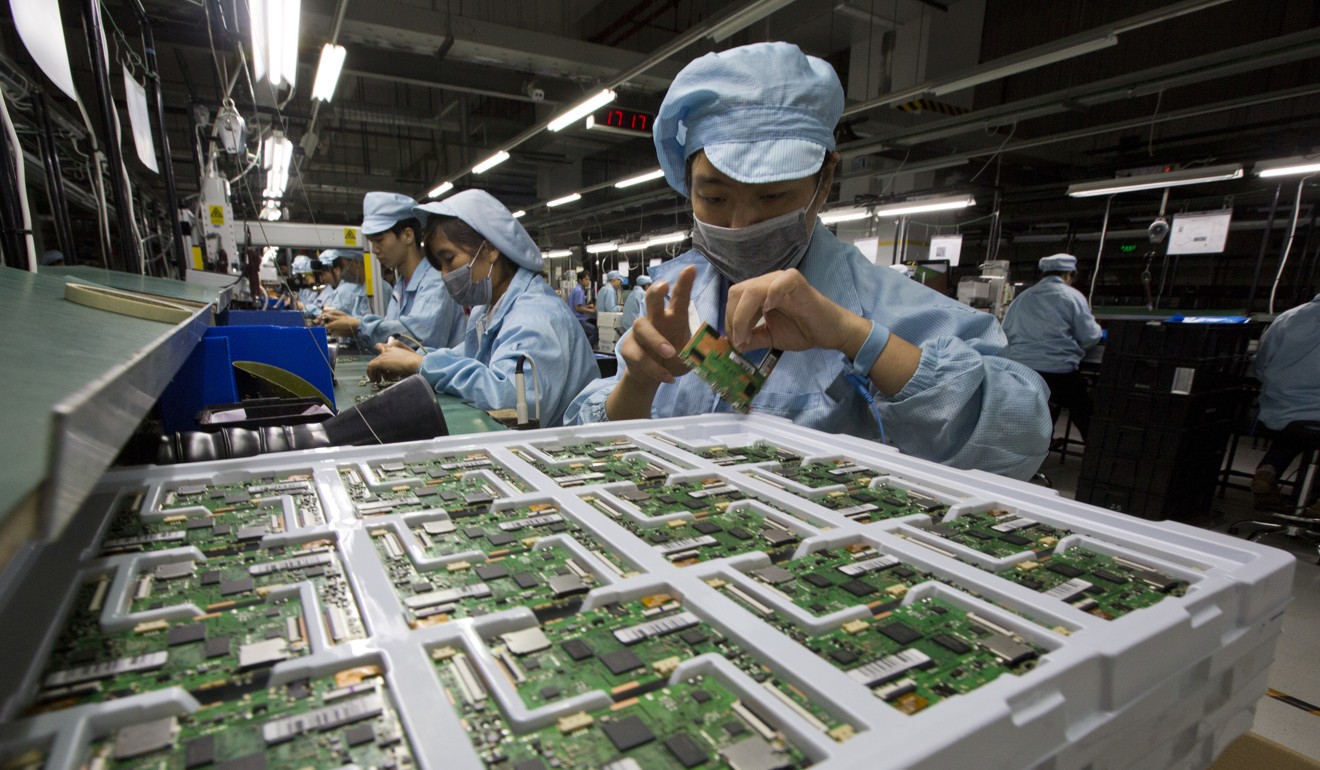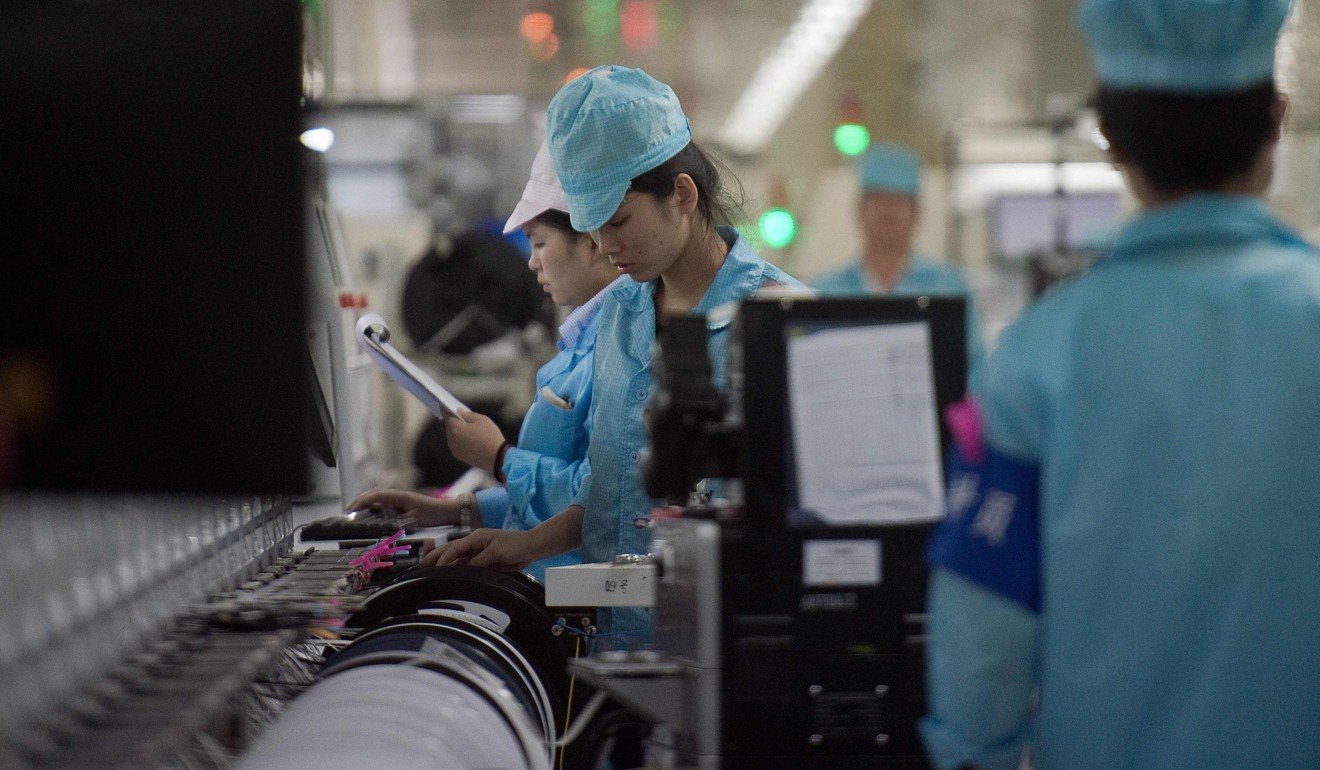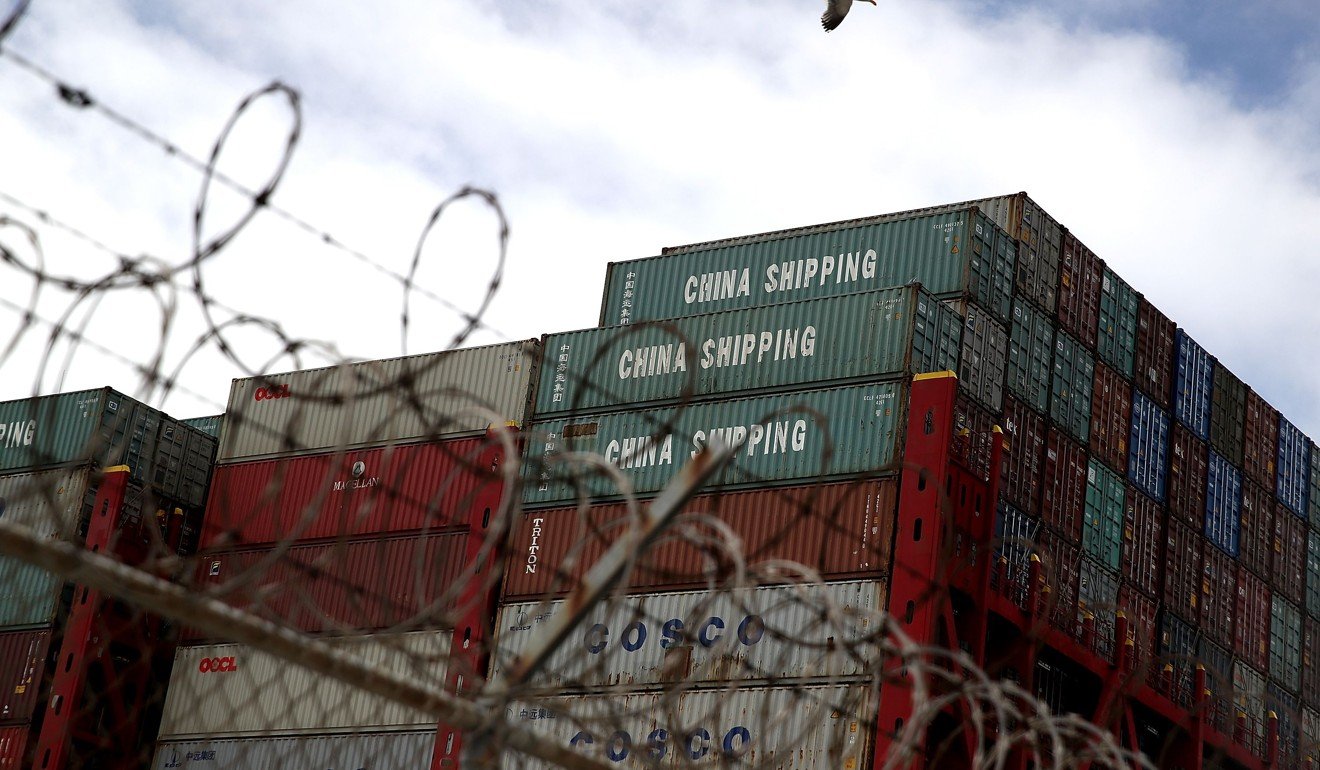
Which Chinese cities will be hit hardest by Donald Trump’s trade fury?
Export centres brace for an added US$200 billion of tariffs on Chinese imports as the US president escalates the trade war
Major export centres in China that depend heavily on trade with the United States for economic growth may be about to feel more pain as the countries’ trade war expands.
With US President Donald Trump about to escalate the trade war by slapping fresh duties on an additional US$200 billion of Chinese imports, a rough search of China’s top 10 overseas shipping cities by value last year shows the city of Dongguan in south China’s central Guangdong province to be most exposed to the uncertainty in the export markets.
The industrial city in the Pearl River Delta depended on exports for 92.7 per cent of its economic growth in 2017, an all-time high, according to local government data. Exports to the US accounted for about a fifth of Dongguan’s total exports.
Suzhou, in eastern China’s Jiangsu province, was most exposed to the US market. Shipments destined for the US from this city just west of Shanghai accounted for 28.7 per cent of its total exports, the data showed. Exports accounted for 73.2 per cent of the city’s GDP.
Other Chinese cities that may feel pain from the US government’s trade actions include Shanghai, Shenzhen and Ningbo, all which have reported that they rely on exports for more than half of their economic growth.
Shenzhen, the headquarters city of telecom equipment makers ZTE and Huawei, for instance, has built 73.7 per cent of its economy from exports, data showed.
Louis Kuijs, Oxford Economics’ chief Asia economist, said the damage inflicted on the coastal export centres by the punitive tariffs could spread to other Chinese cities with a sizeable manufacturing presence, such as Hefei and Qingdao.

Hefei, in Anhui province, is the base of Midea, a big home appliance exporter, while Qingdao, in Shandong, is home to Haier, a maker of consumer electronics and home appliances.
China’s export sector was better equipped today to withstand a hard hit from Trump’s trade moves than it might have been in 2008 when the global financial crisis threw some 20 million migrant workers out of jobs, Kuijs said.
China had become more resilient to such attacks by moving up the value chain over the past decade, he said.
US firms vote with chequebooks to take China’s side in trade war
“Low value added jobs have left for countries like Vietnam,” he said. Meanwhile, the service sector over time has accounted for a bigger share of the national economy.
As the US and China move deeper into an all-out trade war, the US Trade Representative’s Office has given American consumers and businesses 90 days to request to have certain Chinese products excluded from the tariffs to minimise the discomfort on the American side.

On Tuesday, the Trump administration said it would slap new, 10 per cent duties on thousands of Chinese imports, including hundreds of food products as well as tobacco, chemicals, coal, steel and aluminium.
It also included consumer goods ranging from car tyres, furniture, wood products, handbags and suitcases, to dog and cat food, baseball gloves, carpets, doors, bicycles, skis, golf bags, toilet paper and beauty products. Headsets were not included.
US calls for ‘reckoning’ over ‘unfair’ Chinese trade policies
Raymond Yeung, chief Greater China economist for ANZ, said the tariffs’ impact on the export-heavy coastal region would be somewhat weakened thanks to companies transferring production lines to inland provinces or abroad, geologically diversifying the risk.
For instance, Taiwan-based electronics manufacturer Foxconn, an assembler of iPhones and iPads for US technology giant Apple, had already moved some of its plants to the central city of Zhengzhou and the western city of Chengdu, lured by those areas’ lower land and labour costs.

But so far, Apple products assembled in China remain exempted from the tariffs.
Yeung said some local governments might use the trade war as an excuse to spur investment and to increase debt spending.
“They are well motivated, as they pay great attention to the local economy and employment,” he said.
Nationally, exports remain an important engine for China’s growth. Net exports contributed 9.1 per cent of China’s economic growth last year, a 10-year high, according to the National Bureau of Statistics.
China’s Ministry of Commerce has said it is assessing the trade war’s potential impact on domestic companies.

